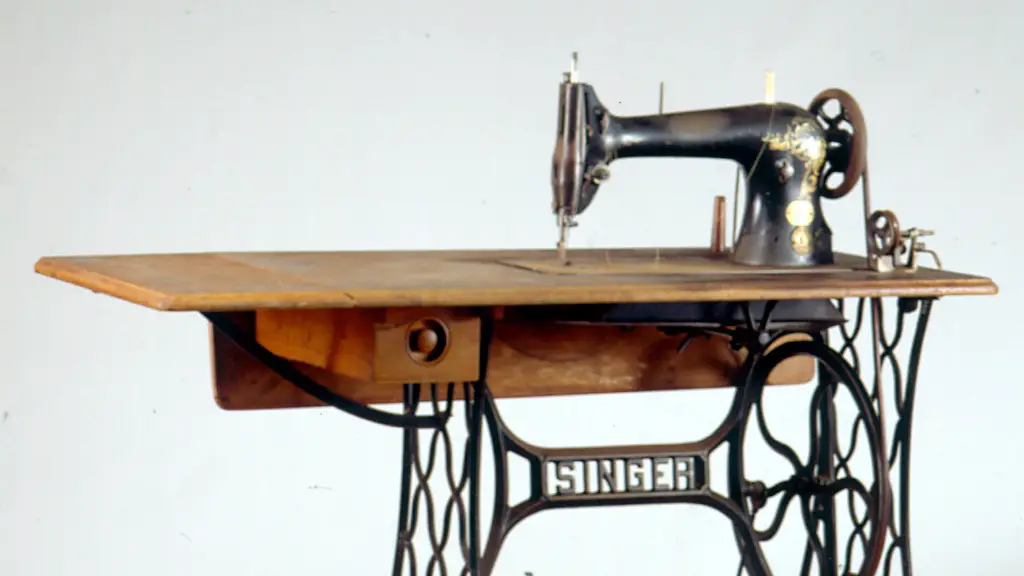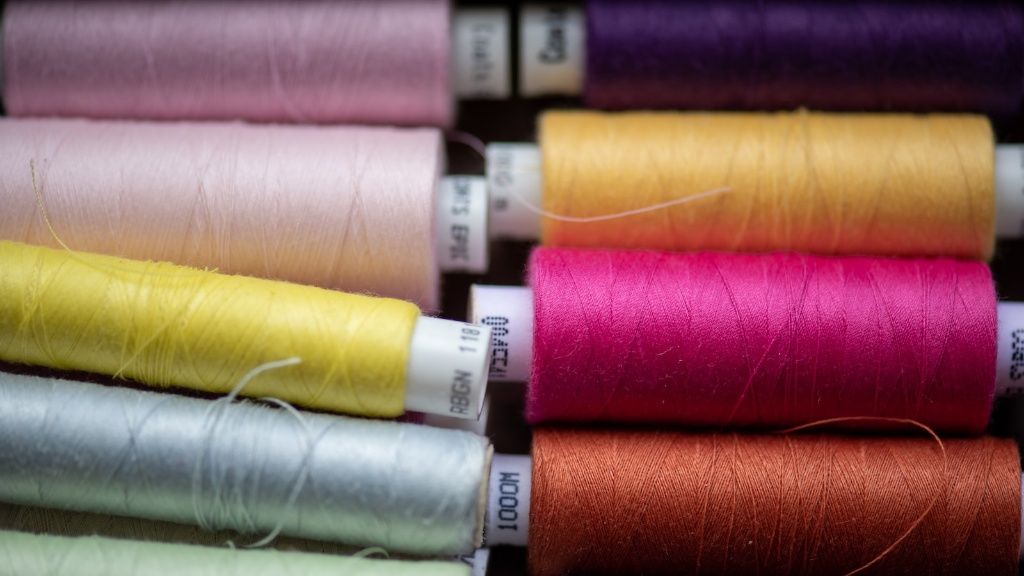In the 21st century, nobody has to wait for a tailor to renovate their wardrobe. Nowadays, you can do everything with a handheld sewing machine. Whether you want to quickly sew curtains or mending clothes, handheld sewing machines offer a ton of convenience, and are quickly gaining popularity.
The handheld sewing machines are compact and lightweight, so they can easily fit in a handbag or suitcase to transport them. They are powered by either batteries or electricity, so you can use them anywhere. And because these machines weigh much less than the traditional sewing machines, it is much easier to handle them.
Another benefit of a handheld sewing machine is that it is easy to learn, since it is a lot simpler than the bigger machines. Additionally, these machines have fewer parts and fewer stitches, so it is much easier to work with. Moreover, their prices are also much lower than their traditional counterparts.
But the lack of features and accessories can be a drawback for the more experienced users. Handheld machines usually have only a few stitches to choose from, so that’s why they are preferred by most beginners. Additionally, they are not suitable for heavier fabrics or large-scale projects. So if you’re interested in making large garments and blankets, then you will need to invest in a full-sized machine.
Fortunately, handheld sewing machines are perfect for making quick changes, fixing seams, and making small repairs. And some of them even have decorative stitching options that let you create unique patterns. For instance, you can make beautiful decorations on pillows and curtains with the aid of these machines.
In conclusion, handheld sewing machines are perfect for beginners who are just starting out in the world of sewing. They are affordable and easy to use, and there are many options available in the market. And if you’re a skilled seamstress, you can use them for quick repairs and decorative stitching.
Plugged and Portable
Handheld sewing machines come in two versions: one with a power cord and one without. The corded version requires an outlet to plug the cord into, limiting its use to stationary locations. The cordless version, on the other hand, comes with its own battery or power source, and can be used virtually anywhere. The tradeoff is that cordless versions can be more expensive than their corded counterparts.
Cordless models are more popular because of their portability. They can be used virtually anywhere, including outside or during travels. They are also incredibly versatile and can be used to sew just about anything. The downside is that because they don’t need to be plugged in, they need to be recharged after each job.
In terms of stitch capabilities, corded and cordless handheld sewing machines are similar in function and features. The only difference is that cordless models won’t need a wall outlet. This makes them more convenient for novice sewers who don’t have access to a power source.
Finally, both models are easy to use and are perfect for quick repairs and mending clothing. They are also great for smaller projects, such as decorative stitching, patching hems, and even making pillowcases and scarves. However, for bigger projects, a larger machine would be a better option.
Various Features
The features of handheld sewing machines are simpler and fewer compared to the regular ones. They usually don’t have the extra attachments or options that you get with a full-blown sewing machine. That being said, they still offer enough features to complete basic sewing tasks.
Most handheld sewing machines offer basic stitch options such as straight stitching, zigzag stitching, and buttonhole stitching. It is also possible to find machines with decorative stitching options such as flower or wave stitches. These are great for adding a unique touch to your sewing projects.
Most machines also have adjustable tension controls, a reverse stitch option for reinforcing seams, and stitch length controls to customize the size of a seam.Some models also have built-in needle threaders, making it easier to thread the needle. The portable size of the machines make them great for quick fixes, such as sewing on buttons or closing loose seams.
In terms of power sources, some models are powered by disposable batteries while other models come with a built-in battery that can be recharged. The key advantage of a cordless machine is that it can be used anywhere. However, one should make sure that the rechargeable battery is always charged for optimal performance.
Overall, there are many features to consider when choosing a handheld sewing machine. It is important to pick one that offers the features you need for ideal sewing performance.
Buying Tips
Buying a handheld sewing machine is not as simple as it may sound. It is important to consider many factors before investing in one. The first thing to consider is the type of stitching that you need. If you’re looking for more features and decorative stitch options, then you should opt for a higher-end model.
It is also important to consider the material that you plan to work with. Some machines are better suited for different fabrics and garment types, so it is important to check the manufacturers’ recommendations. In addition, make sure to take a close look at the stitch width and length, as this will impact the quality of your stitching.
When it comes to power sources, corded machines offer more stability and power, while cordless machines are more portable and can be used anywhere. The choice should be based on your needs and preferences. Lastly, consider the budget and the features that you need and then select the best one that fits your needs.
Variety of Usage
Handheld sewing machines are not just limited to fixing seams and mending clothes. They can be used for a variety of DIY projects, such as crafting, quilting, and more. They are perfect for quick clothing repairs and making alterations on the go.
Handheld machines can also be used to create accessories such as hair clips, belt, and bags. They can even be used to make intricate embroidery designs. In addition, they are perfect for making custom patches, appliques and small details on clothing.
Whether you are a beginner or an expert, a handheld sewing machine can be a great tool to have around the house. It is perfect for quick repairs and alterations and can be used to make unique items. With a bit of practice, you can use a handheld machine to make high-quality projects.
Safety and Maintenance
Handheld sewing machines are generally safe to use but the lack of familiarity of the user puts them at a higher risk of injury. When using the machine, it is important to follow the safety guidelines that come with it.
Always follow the manufacturer’s instructions when using the machine. Make sure that the machine is in good condition before using it. Don’t force the machine as it can break easily. Additionally, make sure that the material that you are working with is not too thick as this can cause damage to the machine.
When it comes to maintenance, it is important to keep the machine clean and functioning properly. After each use, make sure to check the parts and clean the machine thoroughly. Additionally, it is important to check the stitching tension and the motor on a regular basis to ensure that the stitch quality is always at its best.
Overall, a handheld sewing machine is a great tool to have around the house. It is easy to use and versatile, and can be used for a variety of minor repairs and alterations. Just remember to practice safety measures and take good care of the machine.





